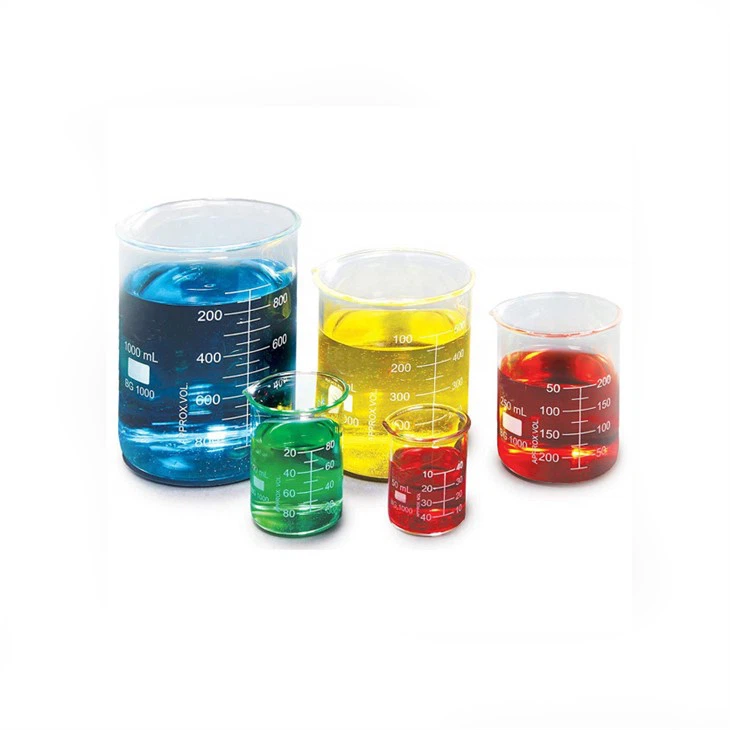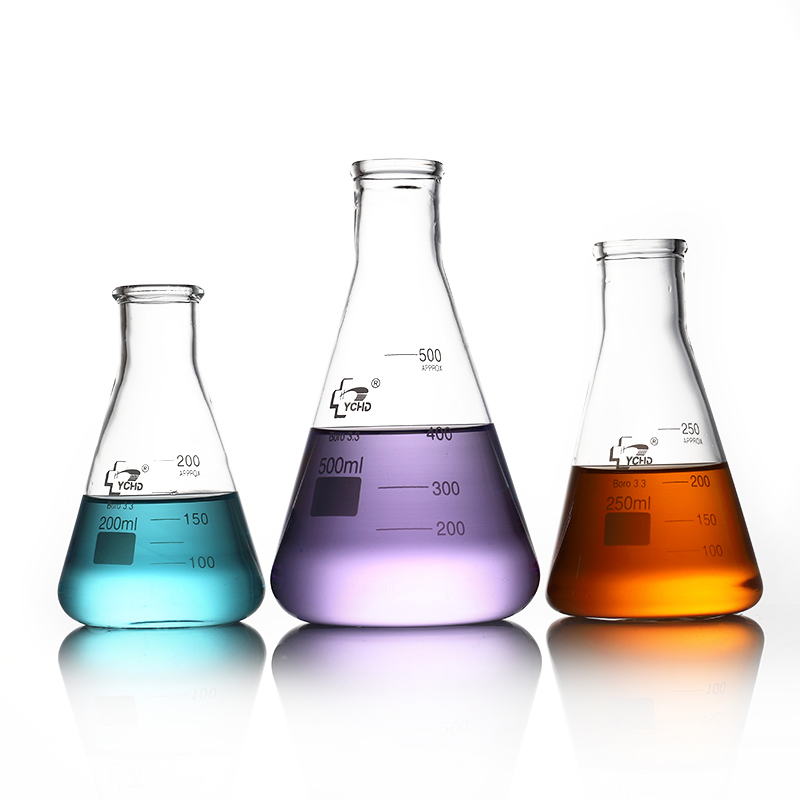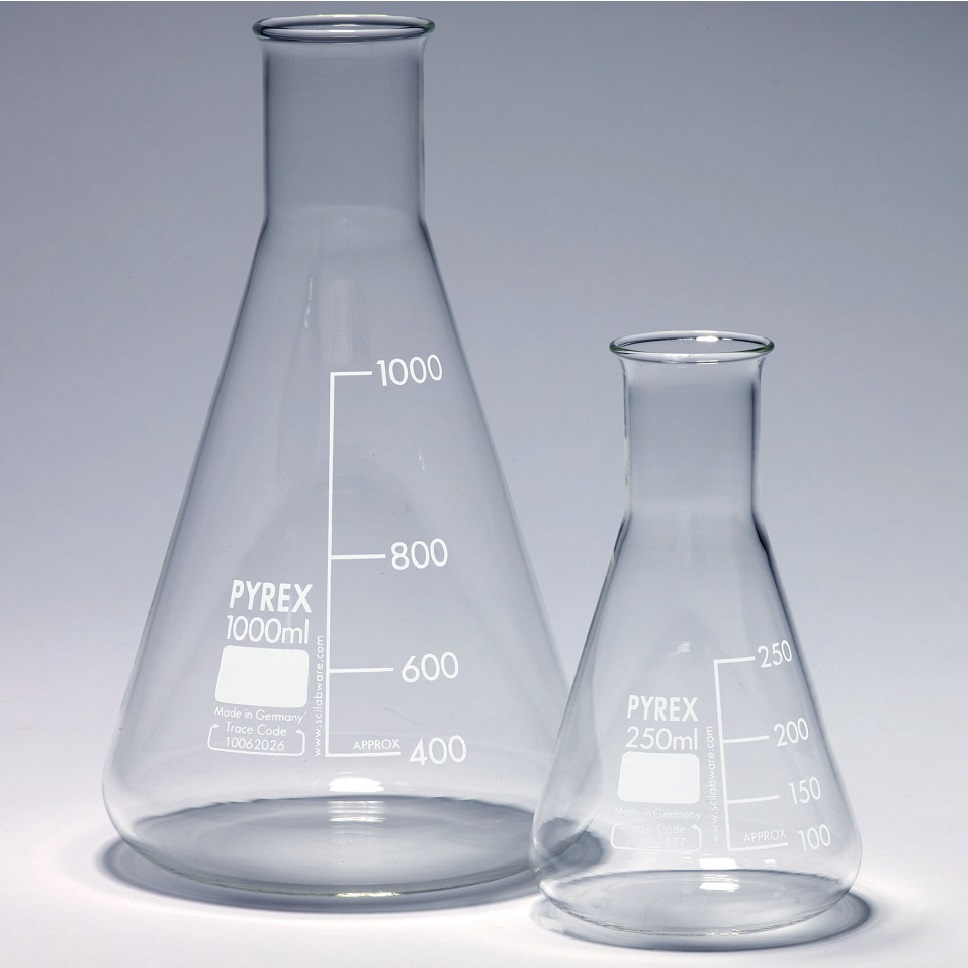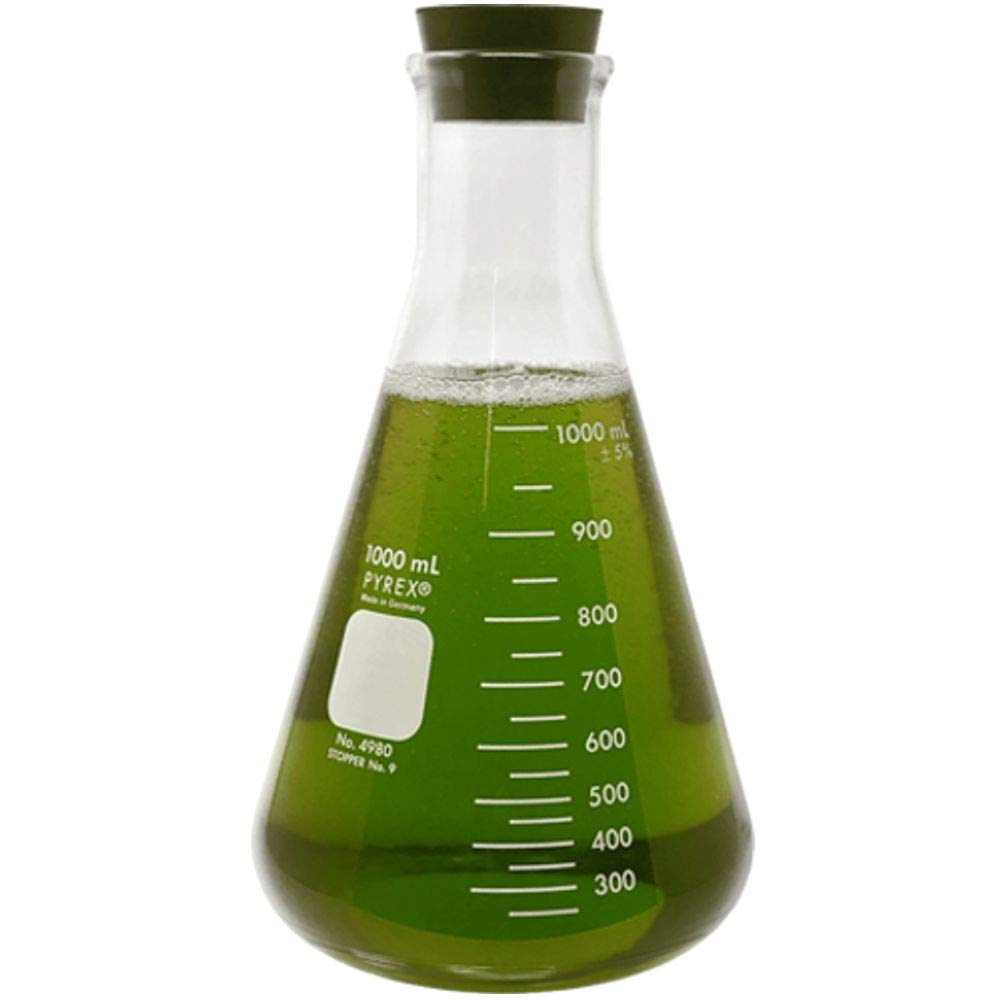In any laboratory, the effective use of glassware is essential for conducting experiments, measuring liquids, and mixing solutions. Two common types of laboratory vessels, beaker vs Erlenmeyer flask, each come with their unique designs and purposes. Understanding the differences between them will help you choose the right tool for your specific needs, whether you are a student learning the ropes of chemistry or a seasoned scientist conducting complex experiments. This article will explore the features, uses, and benefits of both types of lab glassware, helping you make an informed choice.
Design and Structure
Beaker Characteristics
A beaker is a simple, cylindrical container with a flat bottom and a spout for easy pouring. Beakers are typically made of glass or plastic and come in various sizes ranging from 50 mL to several liters. Most have graduated markings on the side for approximate volume measurement, although they are not designed for precise measurements. Their wide opening makes them convenient for mixing and stirring solutions.
Erlenmeyer Flask Features
In contrast, the Erlenmeyer flask features a conical shape with a wide base and a narrow neck. This design allows for easy mixing without the risk of spills. Like beakers, Erlenmeyer flasks come in various sizes and are often made from either glass or plastic. The narrow neck makes it easier to seal the flask with a stopper or cover, which is particularly useful for reactions that require controlled environments or to minimize evaporation. The design of the Erlenmeyer flask also facilitates swirling without the need for a stirring rod, making it suitable for mixing various substances.

Uses in the Laboratory
When to Use a Beaker
Beakers are versatile containers commonly used for general experiments in chemistry or biology labs. They are ideal for measuring and mixing liquid solutions, heating substances, and transferring liquids. Their wide mouth allows for easy stirring, and they can accommodate various mixing tools such as magnetic stirrers. However, remember that beakers are not meant for precise measurements; they provide approximate volumes, which is fine for many routine tasks.
Applications for Erlenmeyer Flasks
Erlenmeyer flasks shine in applications requiring controlled mixing or reactions. Their shape minimizes the risk of spills, making them a better choice for agitating volatile liquids. The narrow neck allows for easy sealing, preserving the integrity of the substances inside. Scientists often use Erlenmeyer flasks in titrations, where a gradual addition of one solution to another is necessary for precise results. Their design also makes them advantageous for heating solutions, as they reduce the risk of boiling over.

Accuracy and Measurement
Measuring with Beakers
While beakers feature graduated markings, their primary function is not accurate measurements. The accuracy of volume measurements is limited, and they are best used for situations where an approximate measurement suffices. For example, when preparing solutions where minor variations will not significantly affect the experiment, a beaker can serve well. However, if precise volumes are necessary, other vessels specifically designed for accuracy, like graduated cylinders, should be employed.
Precision in Erlenmeyer Flasks
Erlenmeyer flasks also lack the precision required for exact measurements. Like beakers, they are better suited for tasks where significant precision is unnecessary. However, they excel in applications requiring better containment during mixing. While you can use them for dilution processes and to note volume, you will need to employ more accurate glassware for gravimetric or volumetric analysis.
Cleaning and Maintenance
Keeping Beakers Clean
Cleaning beakers is typically straightforward due to their wide opening, making it easier to reach their interior. Most beakers can handle abrasive cleaning agents, although you should avoid harsh detergents that may scratch glass surfaces. For stuck-on residues, a gentle scrub with a soft brush often works well. Glass beakers are usually dishwasher-safe, depending on the manufacturer, but it’s best to check the product specifications before tossing them in.
Caring for Erlenmeyer Flasks
Erlenmeyer flasks can also be cleaned effectively, though their narrower neck may require special cleaning tools, such as a bottle brush, to reach all surfaces. Be cautious about using heavy-duty abrasives that can scratch or etch the glass. If you’ve used the flask for volatile or caustic substances, it’s crucial to rinse it thoroughly. Regular cleaning and maintenance are essential to prolong the life of both beakers and Erlenmeyer flasks and to ensure accurate experimental results.

Heat Resistance
Heating Capabilities of Beakers
Most laboratory-grade beakers are made from heat-resistant glass or borosilicate glass. This means they can withstand moderate heat, making them suitable for applications like boiling water or heating solutions on a hot plate. However, you should never place a beaker directly on an open flame or extreme heat sources, as this can cause thermal shock and shattering.
Erlenmeyer Flask and Heat
Erlenmeyer flasks also commonly use heat-resistant glass, making them suitable for heating applications. In fact, their design is advantageous when heating volatile liquids, as the narrow neck minimizes evaporation. These flasks can also fit snugly under heating mantles or hot plates. Yet it is crucial to avoid sudden temperature changes that can lead to breakage. Always heat gradually and monitor the temperature to prevent accidents.
Safety Considerations
Ensuring Safety with Beakers
Beakers generally pose fewer safety risks compared to other lab equipment, but caution is still essential. When handling hot liquids, be sure to use heat-resistant gloves, especially when transferring beakers from heat sources. Additionally, it’s important to avoid overfilling a beaker to reduce the risk of spills and accidents. Stay vigilant about how you store and handle glassware to prevent injuries.
Safety with Erlenmeyer Flasks
While Erlenmeyer flasks are also relatively safe, their use may come with additional considerations. Because the narrow neck can create a buildup of gas, it’s crucial to ensure proper ventilation, especially during reactions producing gases or heat. When mixing volatile substances, secure the top with a stopper to prevent spills and exposure to fumes. Always prioritize safety protocols and maintain a clean workspace to minimize risks associated with lab activities.

Choosing the Right Glassware for Your Needs
Assessing Your Laboratory Requirements
When deciding between beaker vs Erlenmeyer flask, consider the specific tasks you’ll be performing. For general mixing and volume measurement where precision is not critical, a beaker may suffice. If you anticipate performing titrations, heating, or conducting reactions that require secure containment, an Erlenmeyer flask will likely serve you better. Understanding the functionalities of each vessel enables you to optimize your workflow and experiment outcomes.
Versatility of Both Options
It may also be beneficial to have both beaker vs Erlenmeyer flask on hand in your laboratory. The versatility each offers allows for a range of applications, making your lab environment more adaptable to various experiments. By maintaining a balanced supply of each type of glassware, you set yourself up for success in a wide array of scientific endeavors.
Cost Considerations
Budgeting for Glassware
When setting up a laboratory or restocking supplies, cost is an important factor to consider. Generally, beakers are more affordable than Erlenmeyer flasks, making them an excellent choice for budget-conscious labs. You can purchase multiple beakers of various sizes without straining your budget, which is useful for conducting preliminary experiments, educational purposes, or high-volume applications. Many labs opt for bulk purchases to take advantage of lower prices and ensure they have enough glassware for routine tasks.
Investing in Quality
While cost is important, it’s essential to strike a balance between affordability and quality. Higher-quality glassware tends to be more durable and resistant to thermal shock, which can save money in the long run by reducing breakage and replacement costs. Investing in reputable brands or lab-grade materials can enhance performance, accuracy, and safety. Evaluating the long-term value of your glassware purchases will ensure that you maintain a cost-effective and efficient lab environment.

Conclusion
Choosing the right glassware is crucial for success in the laboratory, particularly between beaker vs Erlenmeyer flask. Each serves specific purposes and excels in different applications. Beakers provide versatility for everyday tasks, while Erlenmeyer flasks excel in mixing and containing reactions. By understanding the distinctions in design, uses, accuracy, cleaning, and safety, you can make informed decisions that optimize your laboratory experience.
Ensure that you equip your lab with both beaker vs Erlenmeyer flask as needed. With proper care and awareness of their respective characteristics, you will enhance your research efforts and experimental outcomes. Embracing the right tools will pave the way for successful experiments and contribute to a more effective and organized laboratory environment. Your choice of glassware not only impacts the efficiency of your work but can also play a vital role in ensuring safety and success across various scientific experiments.
